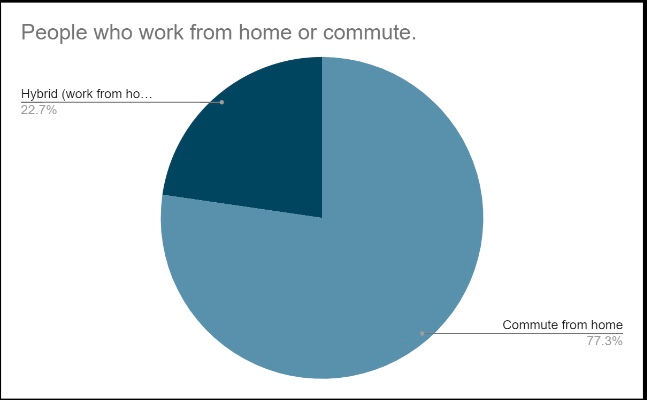“Exploring the Intersection of Race, Gender, and Age in Transportation: Discovery of Data."
- Player 9
- Nov 28, 2023
- 2 min read
Updated: Dec 5, 2023
Public transportation includes several different ways of travel and it’s usually dependent on where you live. Most suburban areas may only rely on street buses while many major cities with large structures include street buses, subways, trains, cable cars, and many more. But instead of just talking about the different forms of public transportation, but we will be discovering some eye-opening insights about race, age, and gender.
In the U.S., over 6,800 organizations provide some form of public transportation, yet, 45% of Americans have no access to it. According to the Federal Transit Administration, 20% of all public transit spots across the country failed to meet the accessibility criteria, as of 2019.

Of the data shown presented by census.gov, it shows that the main majority of people who use public transportation happen to be between the ages of 25 years and 34 years. It would appear that age plays a huge factor in public transportation as the majority tends to either be enrolled in educational institutes to further their careers or are using public transportation as a means of travel for their careers. At this time, after 18, people will rely on public transportation if they have no access to or can afford a vehicle as a means for traveling whether it’s city to city or state to state.
The vast majority of the percentage of people who live in the U.S. that use public transportation happen to be female with a whole 1.2% difference. As it would appear, gender has the same level of importance as transportation, serving as a crucial social and economic development, basing it off their different roles in society.
This doesn’t necessarily mean that women use transportation more than men do. It also helps to note transportation needs and patterns can be based on factors such as location, lifestyle, and personal preferences.

Being able to recognize and address the hardships of racial disparities aids our nation in attempting to build upon a country which can destroy any inequities built upon them. The vast majority of white Americans who use public transportation depend on social-economic status, residential patterns, and transportation infrastructure. It would also be of service to people if they realized white Americans are the majority that live in the U.S.
Residential patterns may suggest areas that are common amongst white Americans in which transportation is better handled as opposed to communities such as those involving Asian and African Americans, which could be the complete opposite. Those in charge of the state could very well fix the problem with the help of policymakers but there seems to be a hard time doing so due to decision makers and their oppositions towards the issue.
This topic is entirely fascinating to me. The statistics behind each section covered allowed for some stories to be told and how these factors can shape our transportation experiences and access. Being able to actually talk about these disparities and bring these sorts of topics to the public will hopefully shed light upon it and allow people to strive for a more inclusive transportation for everyone.



Comments